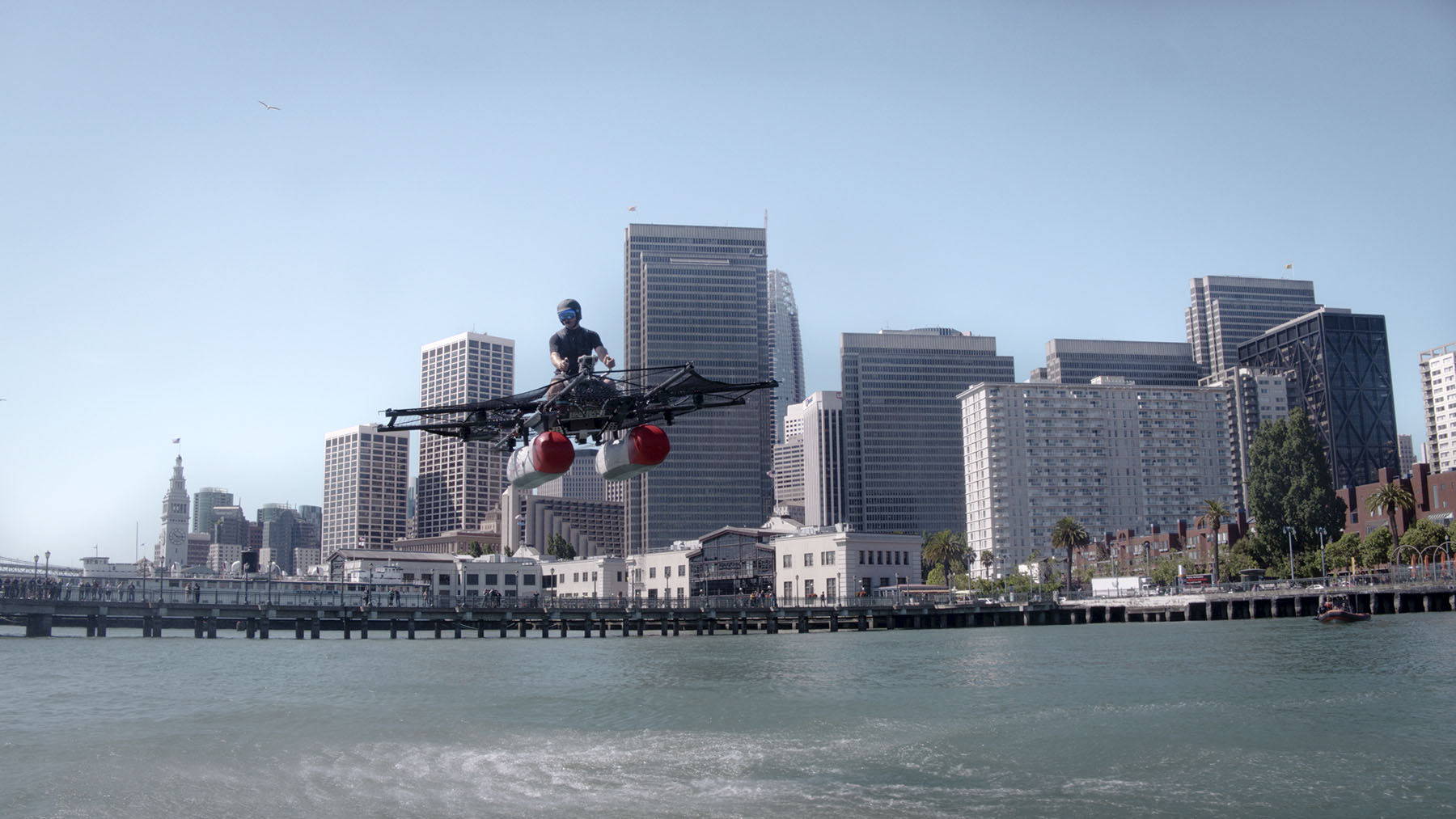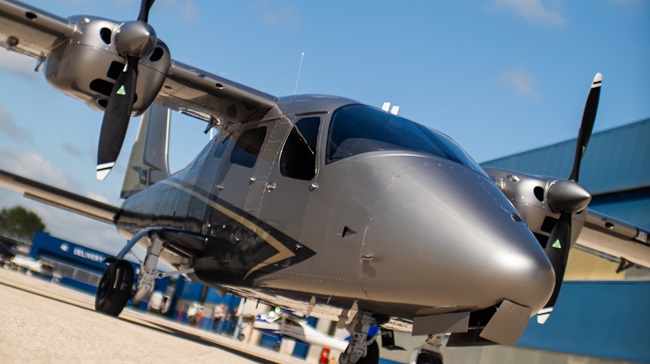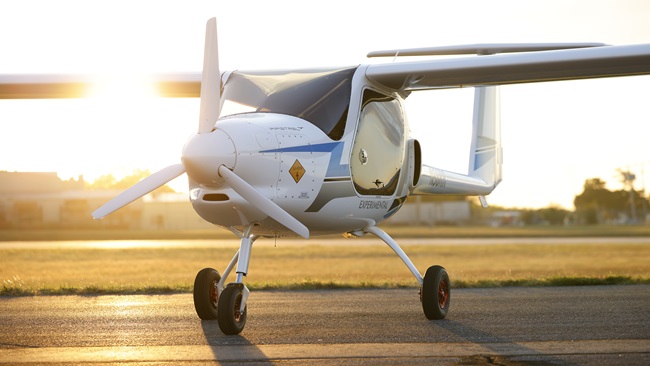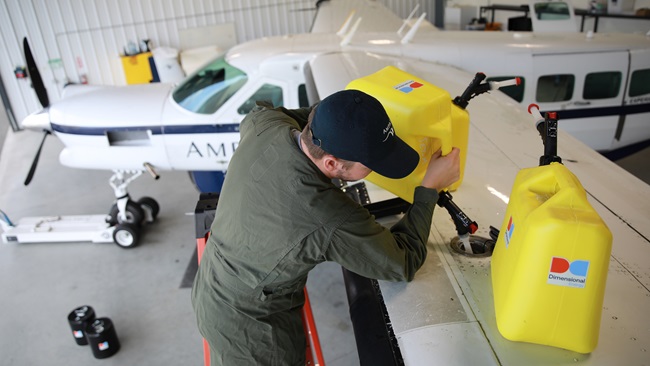Kitty Hawk electric ultralight debuts
The Kitty Hawk electric prototype ultralight demonstrated at EAA AirVenture in Oshkosh, Wisconsin, in July looks more like a flying king-size mattress than an aircraft. However, designer and test pilot Todd Reichert assures that the commercial product, scheduled for delivery by the end of 2017, will be more fashionable and finished looking. Regardless of its aesthetics, the vehicle was flown to the sound of great cheers from dozens at a time who looked on from the shore of Lake Winnebago during multiple tests at the show.
Kitty Hawk, powered by eight electric motors—each with its own rotor—is designed as a recreational vehicle for flights of up to 15 feet over fresh water. Think of it as a single-person personal watercraft that flies. The prototype, powered by rechargeable lithium polymer batteries, can fly for only about three minutes. The commercial system later this year will be good for 15 to 20 minutes, according to Reichert. Recharge will take about two hours.
A variety of redundancies allow it to fly safely if a motor or rotor quits. An autoland mode would then safely lower the vehicle onto the floats underneath.
The vehicle weighs about 230 pounds, according to Reichert, just under the maximum 254-pound weight limit for an ultralight. Because it is being built as an ultralight under 14 CFR Part 103 rules, the operator will not need a pilot certificate. Reichert said with a little ground training, the operator can be safely flying on his or her own in about an hour. A price for the commercial version won’t be announced until it is available for sale.

Reichert, with a Ph.D. in aerospace, aeronautical, and astronautical engineering, knows a little about operating unusual vehicles. He was involved in the design of the world’s fastest human-powered bicycle, hitting 85.65 mph. He also built and flew a human-powered helicopter and a flapping-winged airplane—an ornithopter. Kitty Hawk, the name inspired by the location for the Wright brothers’ first powered, controlled flight in 1903, also connects nicely with Reichert’s background as a bicycle builder.
While flight is limited to just 15 feet in elevation, the physics involved in lifting the aircraft are not limited to that, he said. He describes Kitty Hawk as being at the threshold of a whole new transportation system, one that would allow similar vehicles in the future to fly higher, over land, and for longer periods of time. He paints a bright future for the project. While he wouldn’t discuss who is funding the company, published reports say Google co-founder Larry Page is a major investor.




